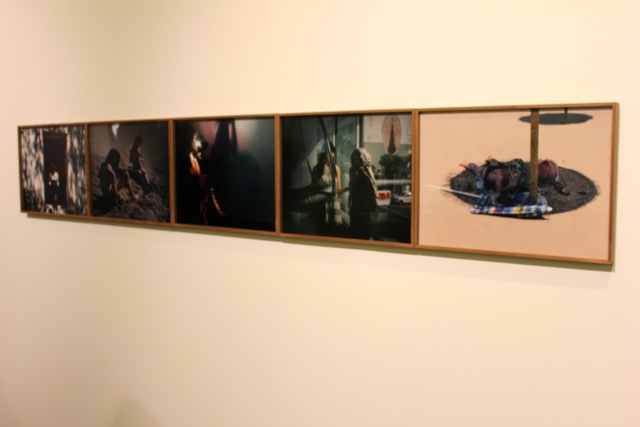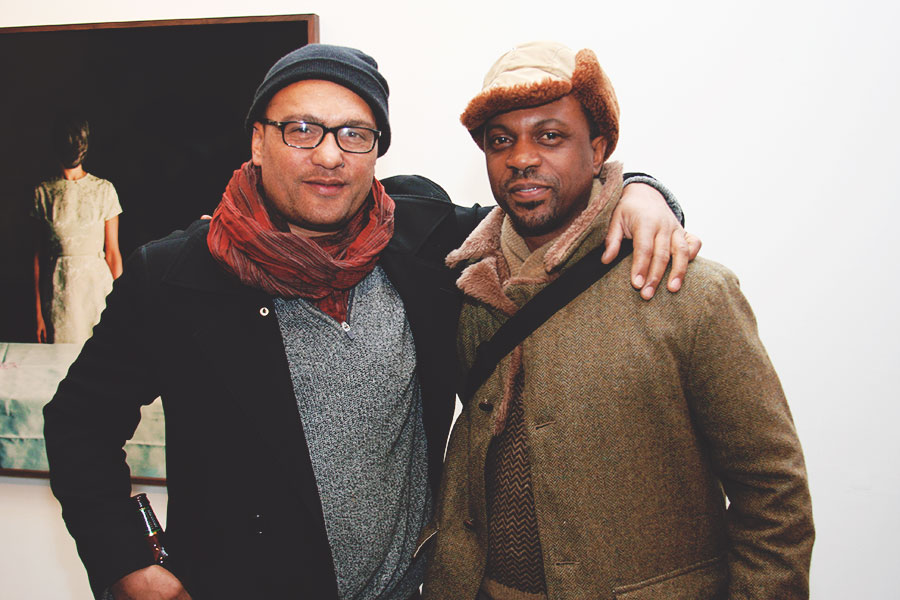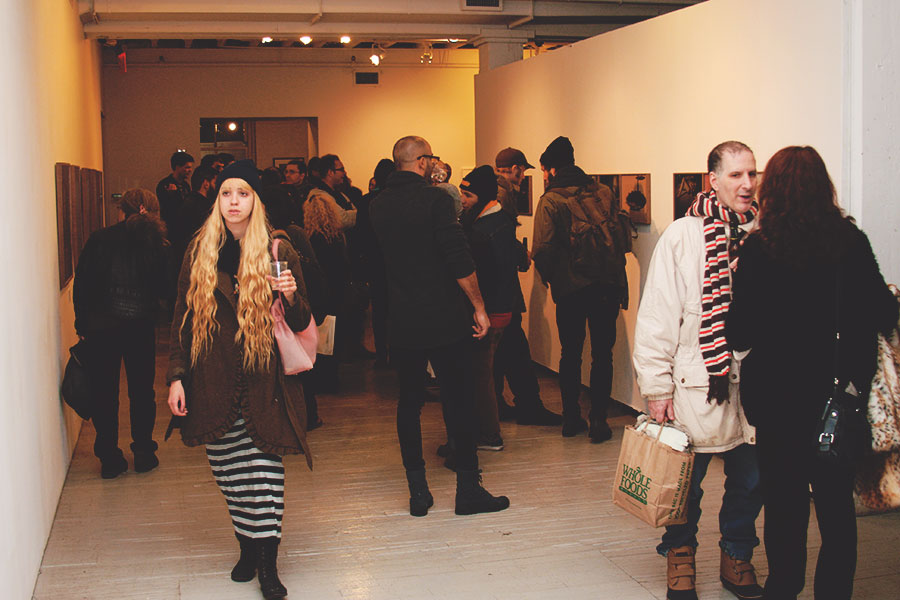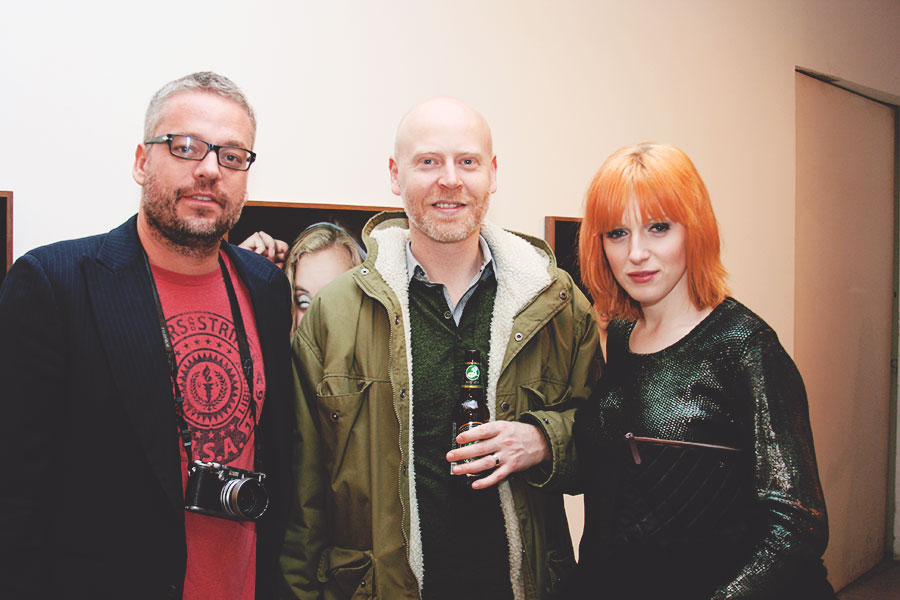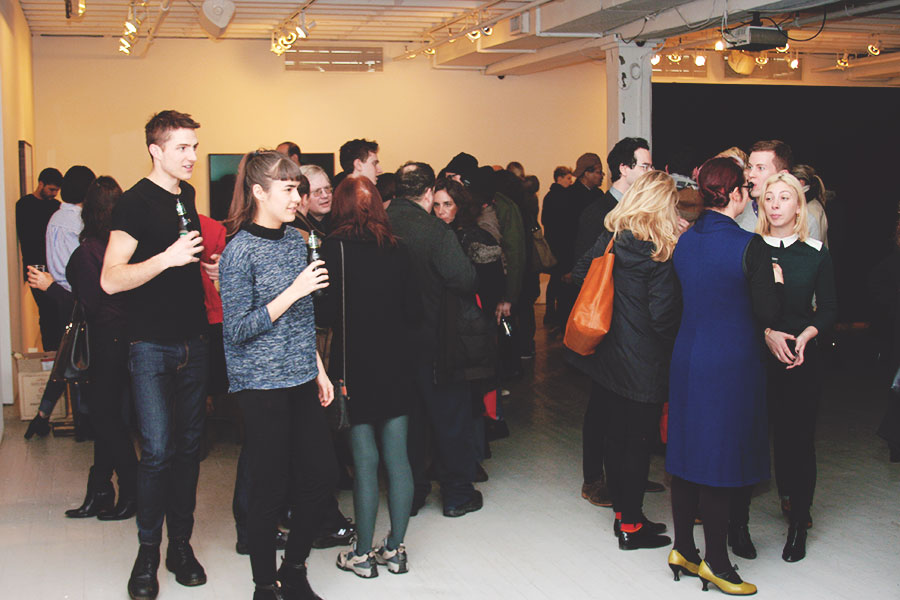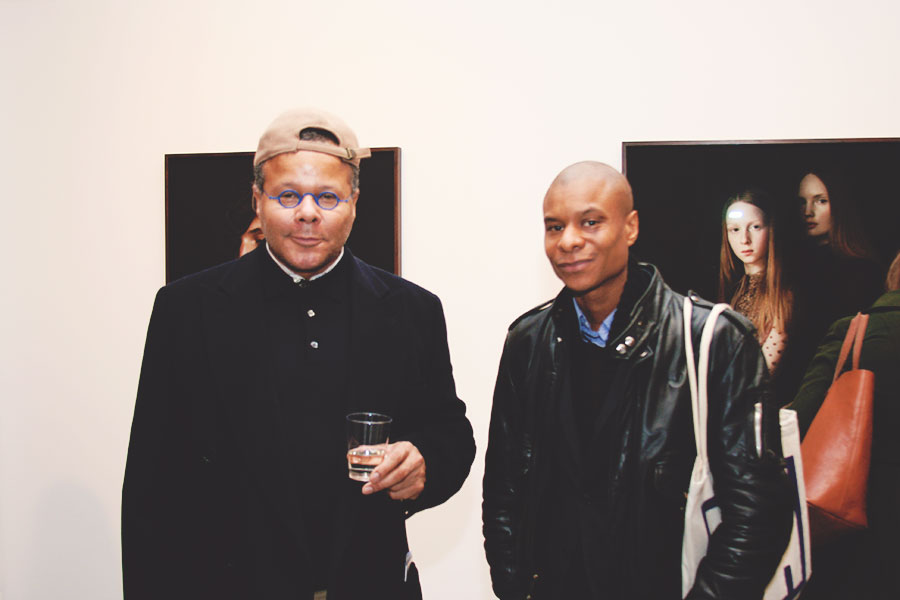While the title was a bit misleading, the conversation turned to fashion only once, the artists were open and expressive about their work, their past and their intentions. Sophie Mörner shared her experiences starting a magazine for emerging photographers, and showed one of her best series – a love affair where they would frolic in the forest, but never exist in the real world.
Her photographic work is sensual, sexual and beautiful, but it has a gaurded nature, as if we are looking into a community we are not a part of. A fantasy that we cannot be a part of. Sophie Mörner said that her images started out as fantasy but now, enviably, she lives in that reality. Her publishing work is prolific, publishing not only Capricious Magazine, which started it all, but a magazine for lesbians called Girls Like Us. She is embedded in queer culture and is near the center of an exciting new time in Brooklyn photography.
Denise Grünstein spoke about her work, turning more to fashion, but stressing she tries to keep her art separate from her commercial work. Grünstein is well known; a Swedish photographer who is rightly credited as igniting art photography as a movement in Sweden. Her work is expansive and feminine.
Ending the discussion there was a Q&A, and a question was asked about fashion. The question was dismissed at first by Mörne, “I don't do fashion.” And Grünstein defended her art as art, not commercial work.
While both photographers praised fashion they played down their part in that world. However, the conclusion was reached that, while commercial, fashion photography was one of the few places a photographer could be creative.
It is nearly impossible to become successful as a photographer. I'm sorry. The work new photographers get is the worst work available. How can one be creative taking pictures of food? This is not why you picked up a camera. The few who get to take fashion photographs, count yourself lucky, and put your print on every shot and never work a job you can't get fired from. Both women approached success in different ways.
Grünstein started her career working commercially, with movie stills and fashion photography. Both gave her license to explore her creativity, and she made her art on the side. Now she shoots her art and occasionally does commercial work on the side.
Text by John Hutt
Photos by Giovanni Larracuent
